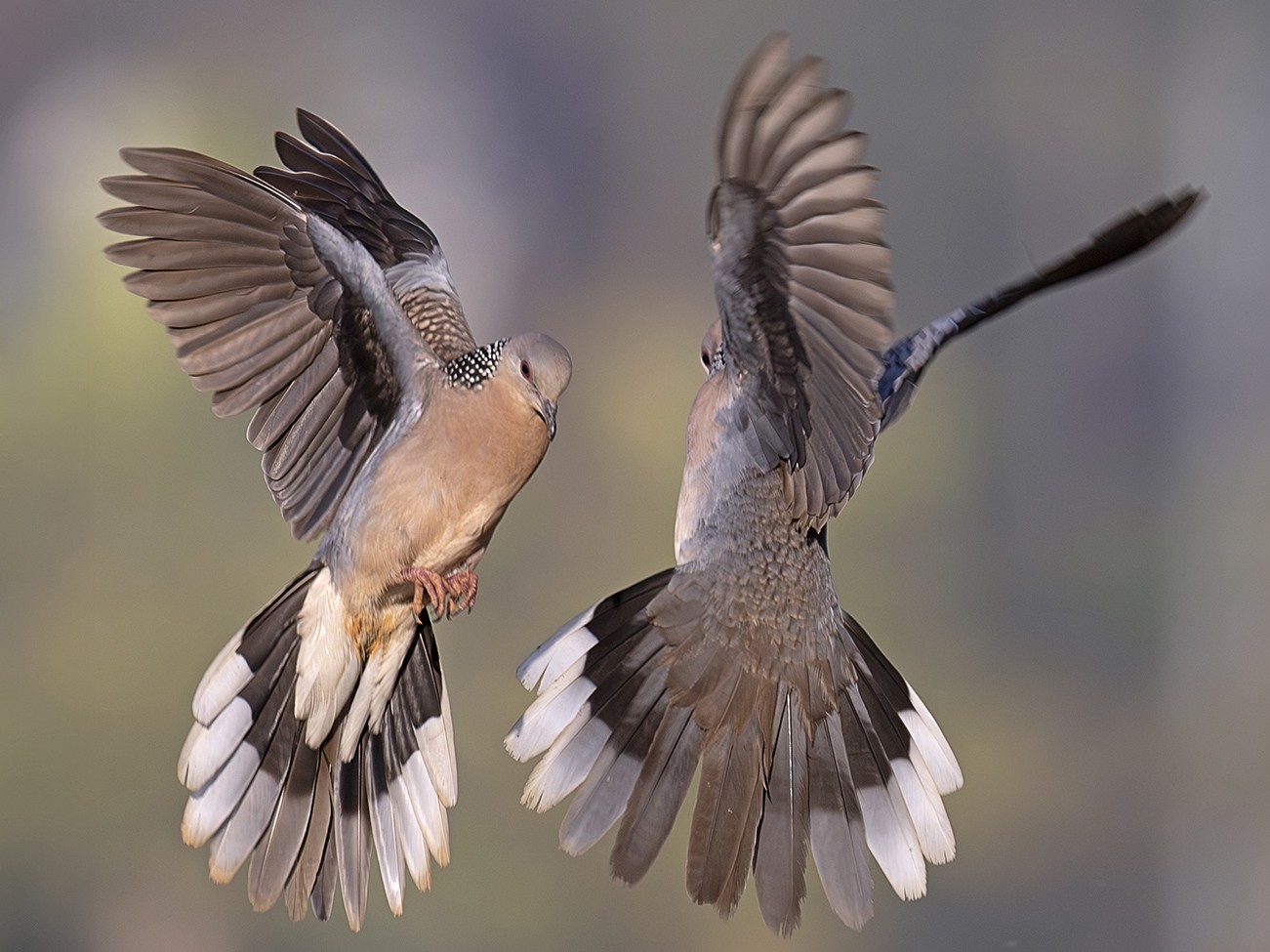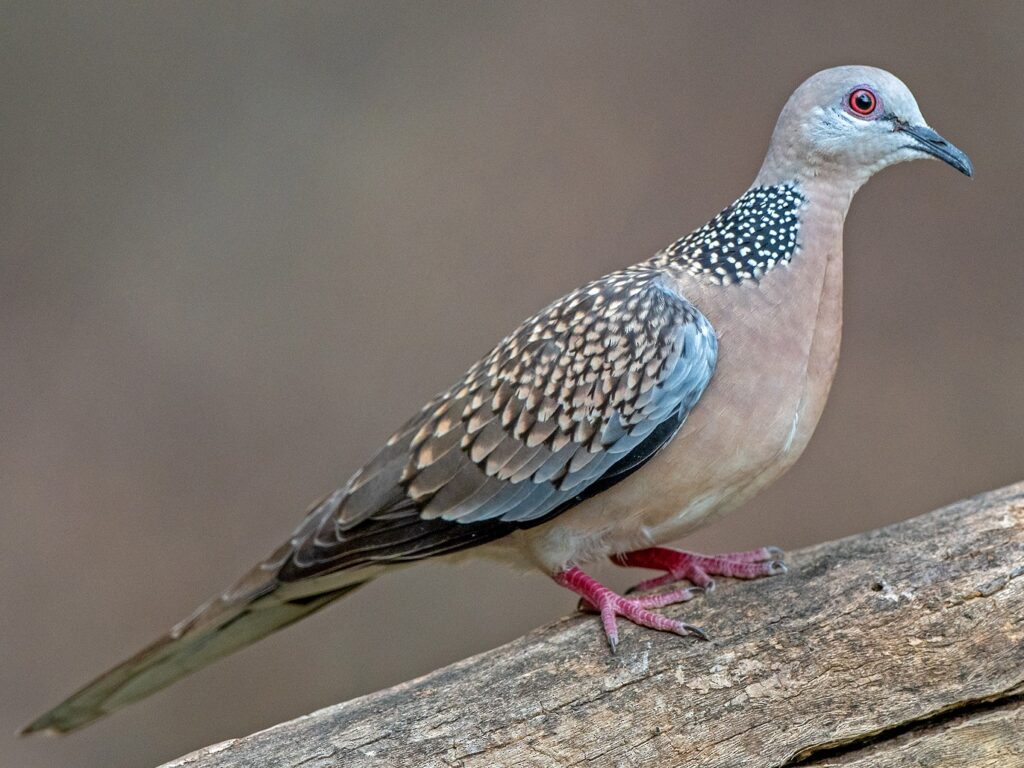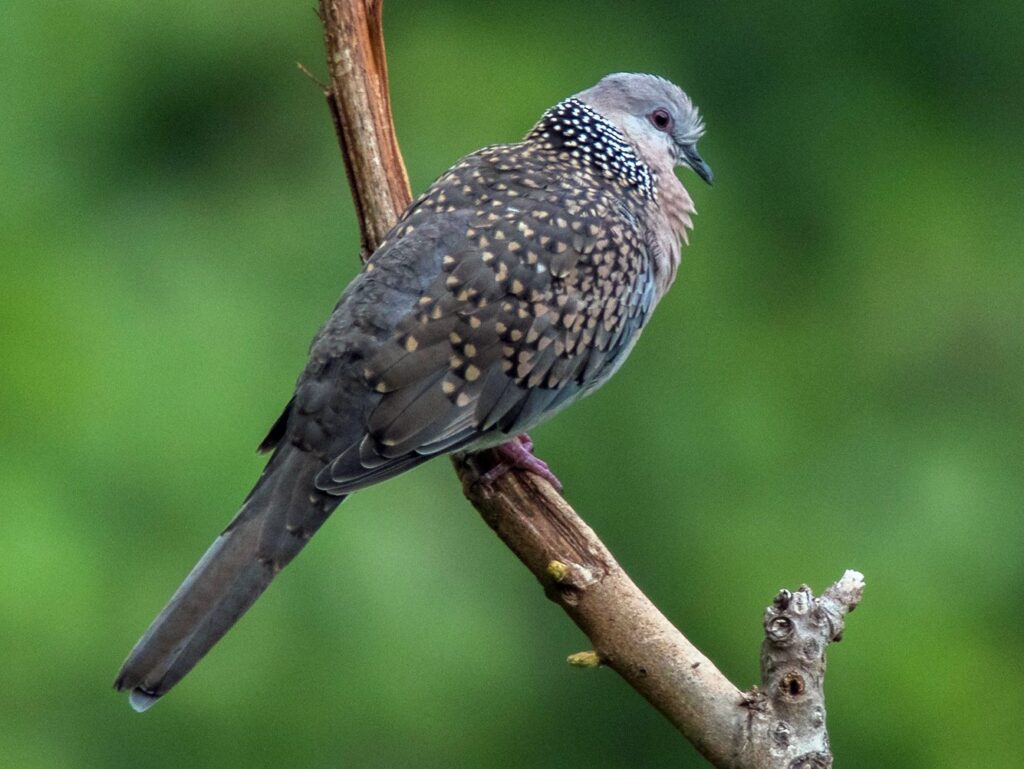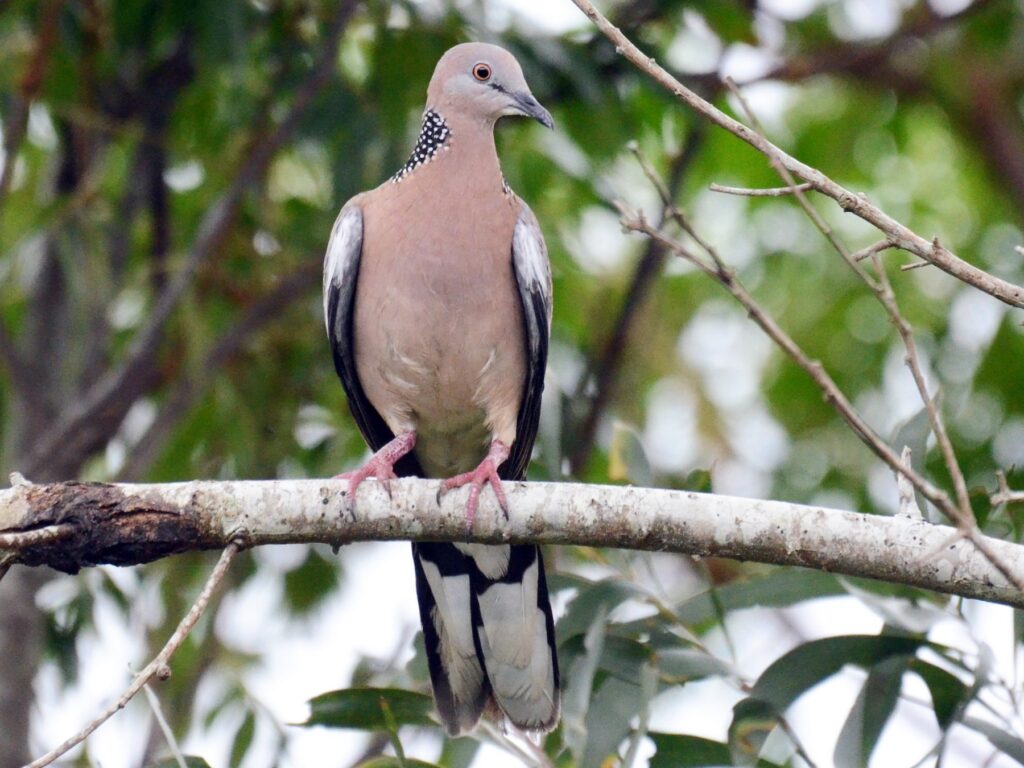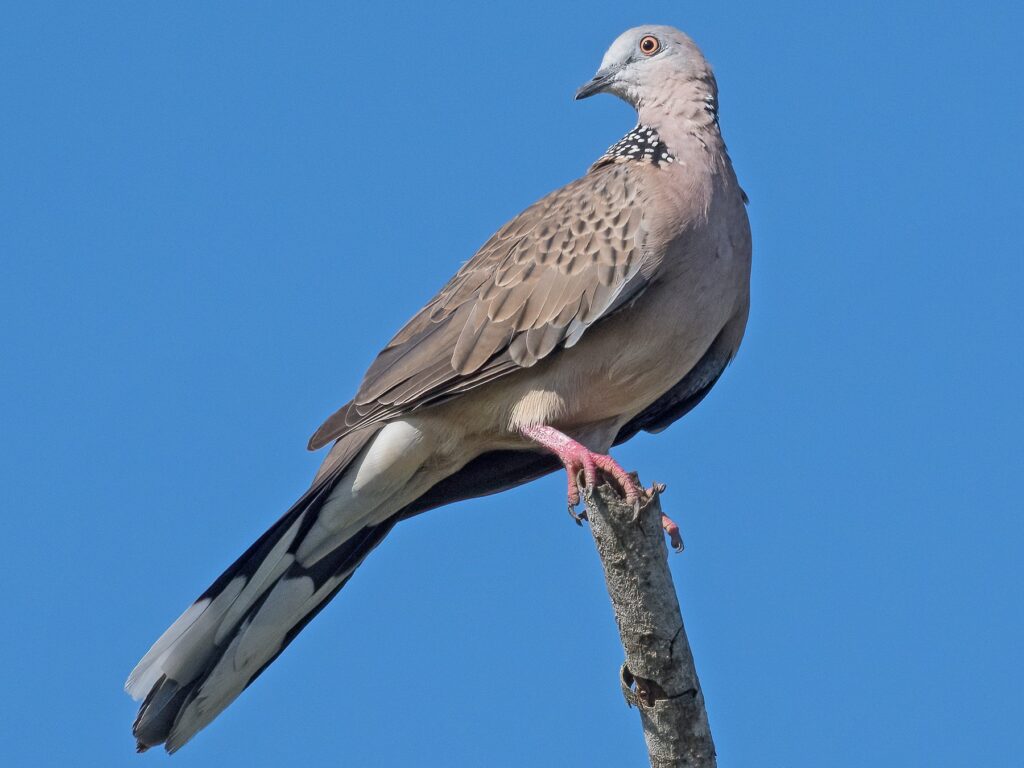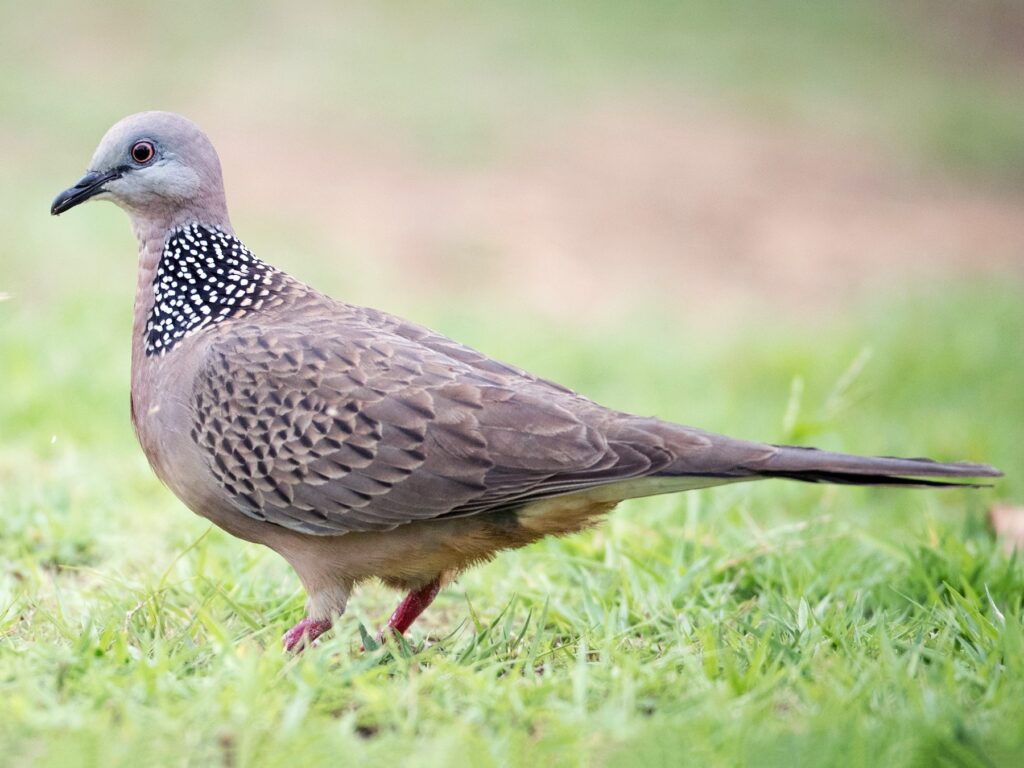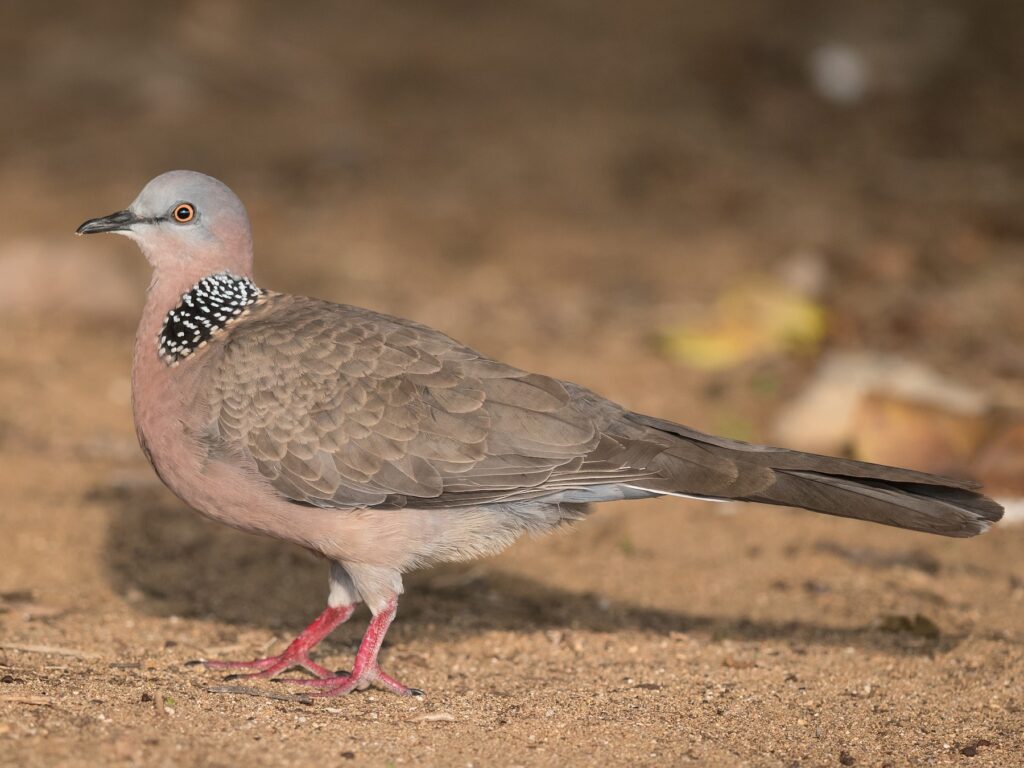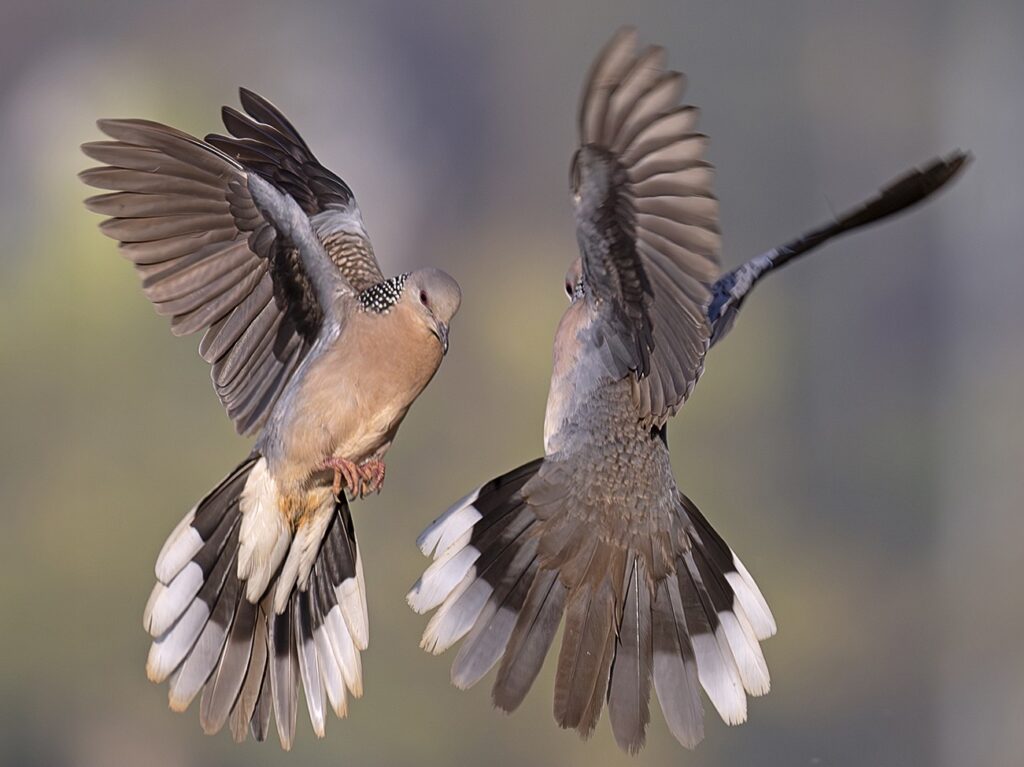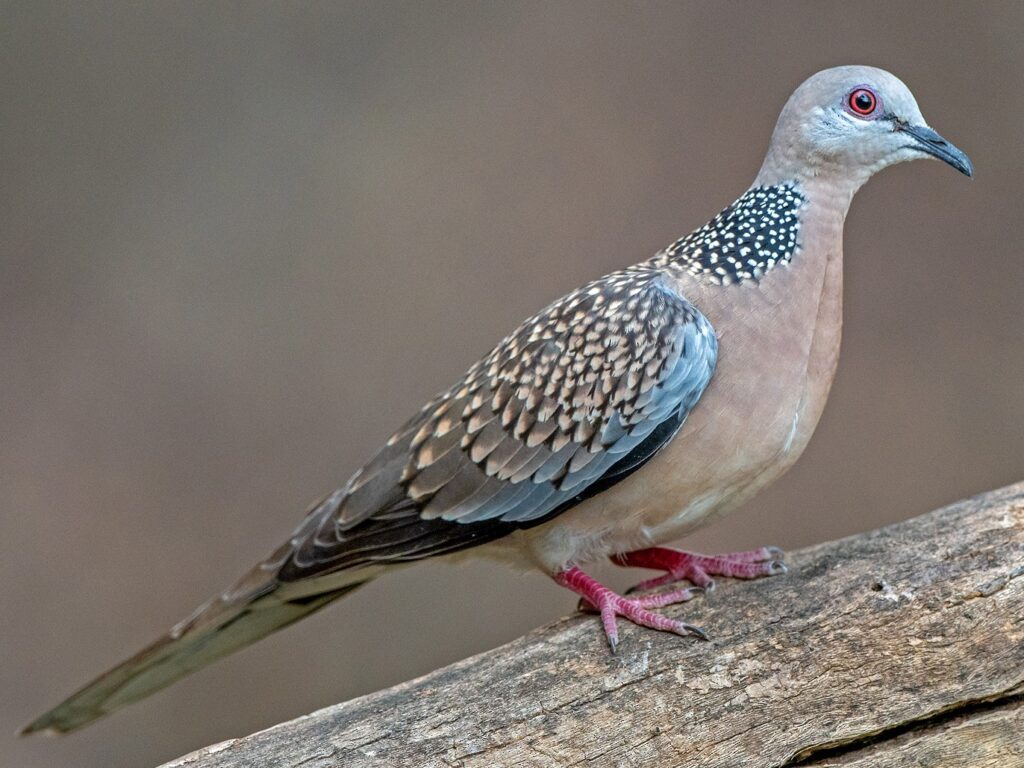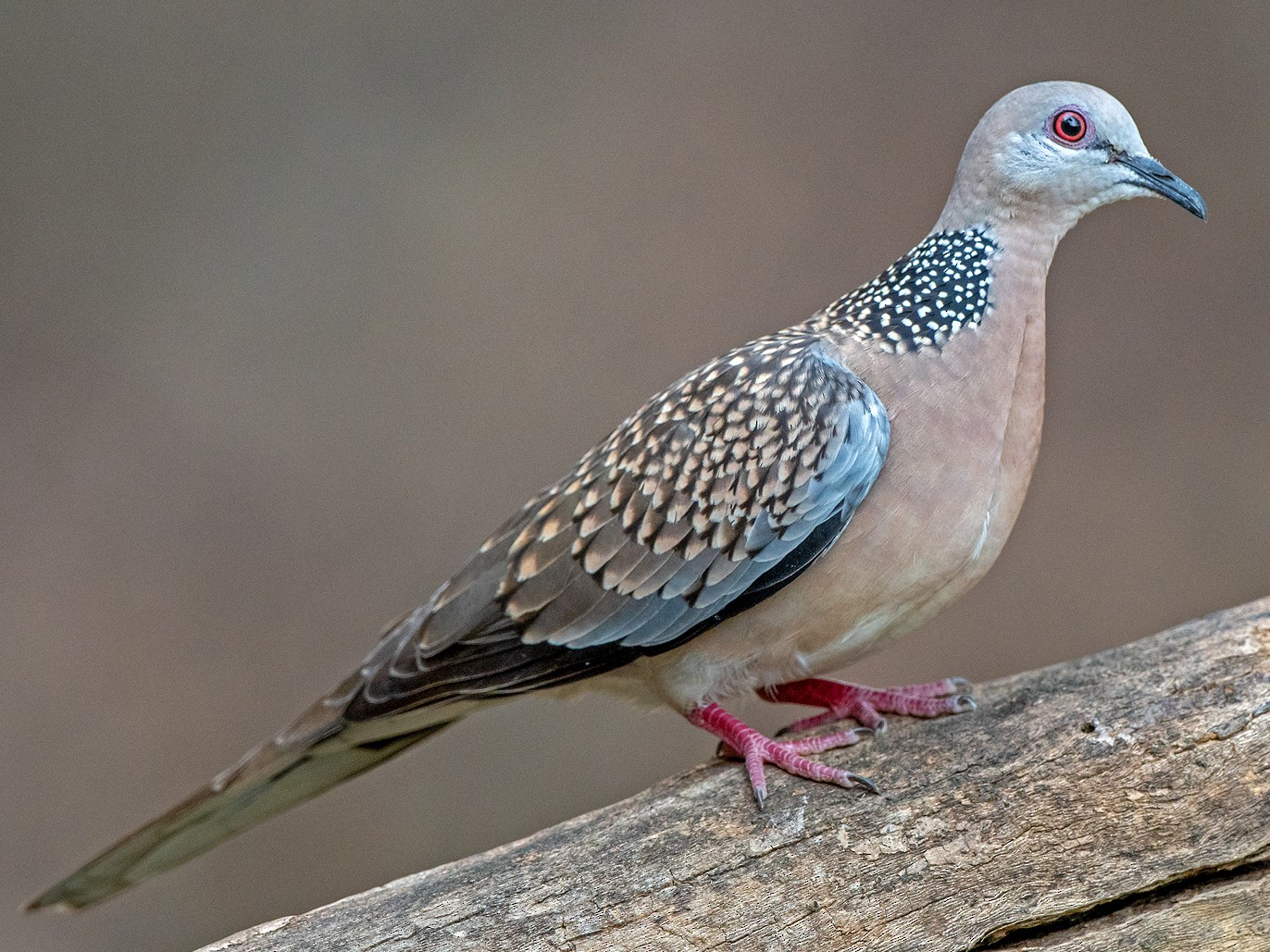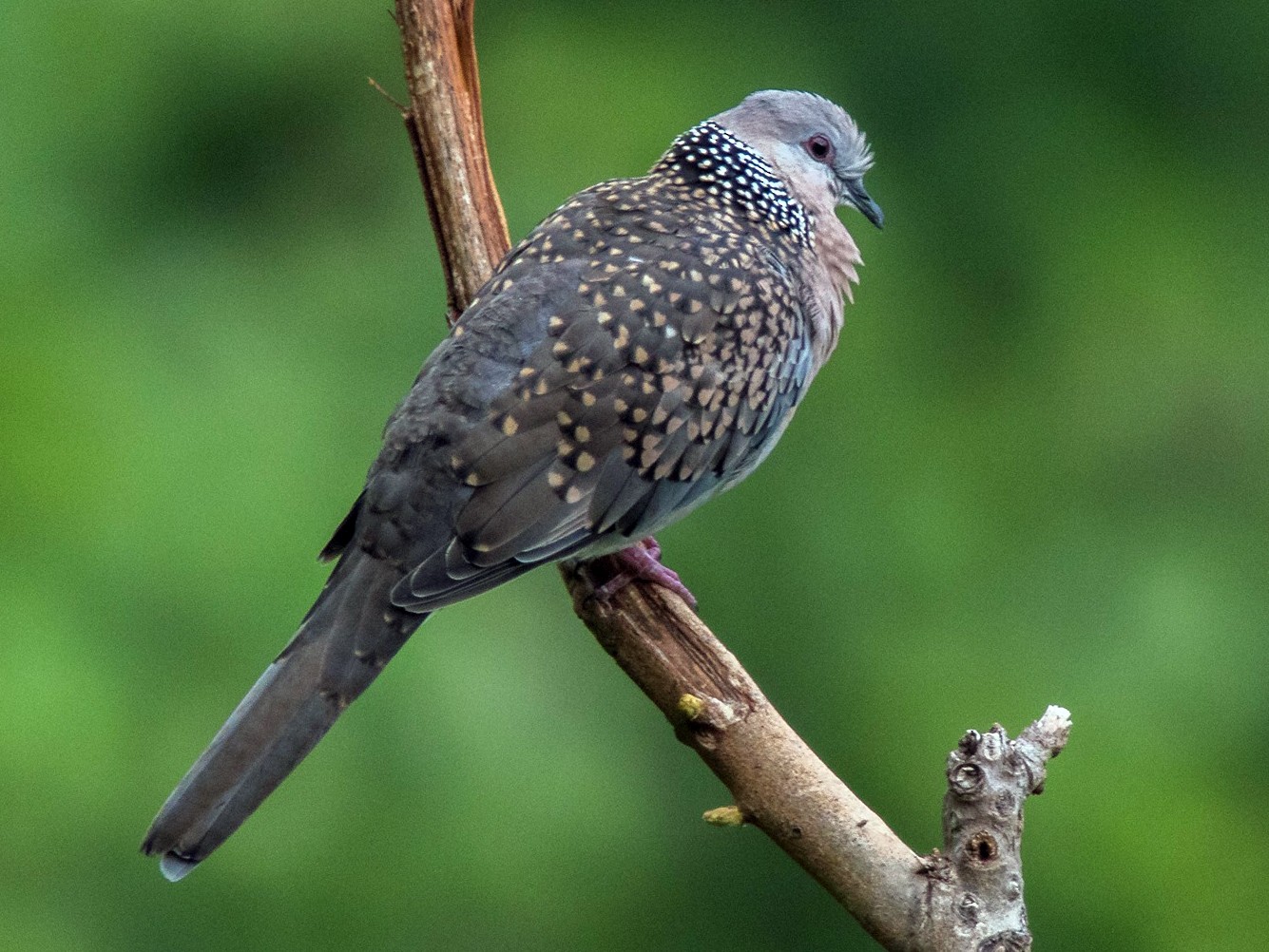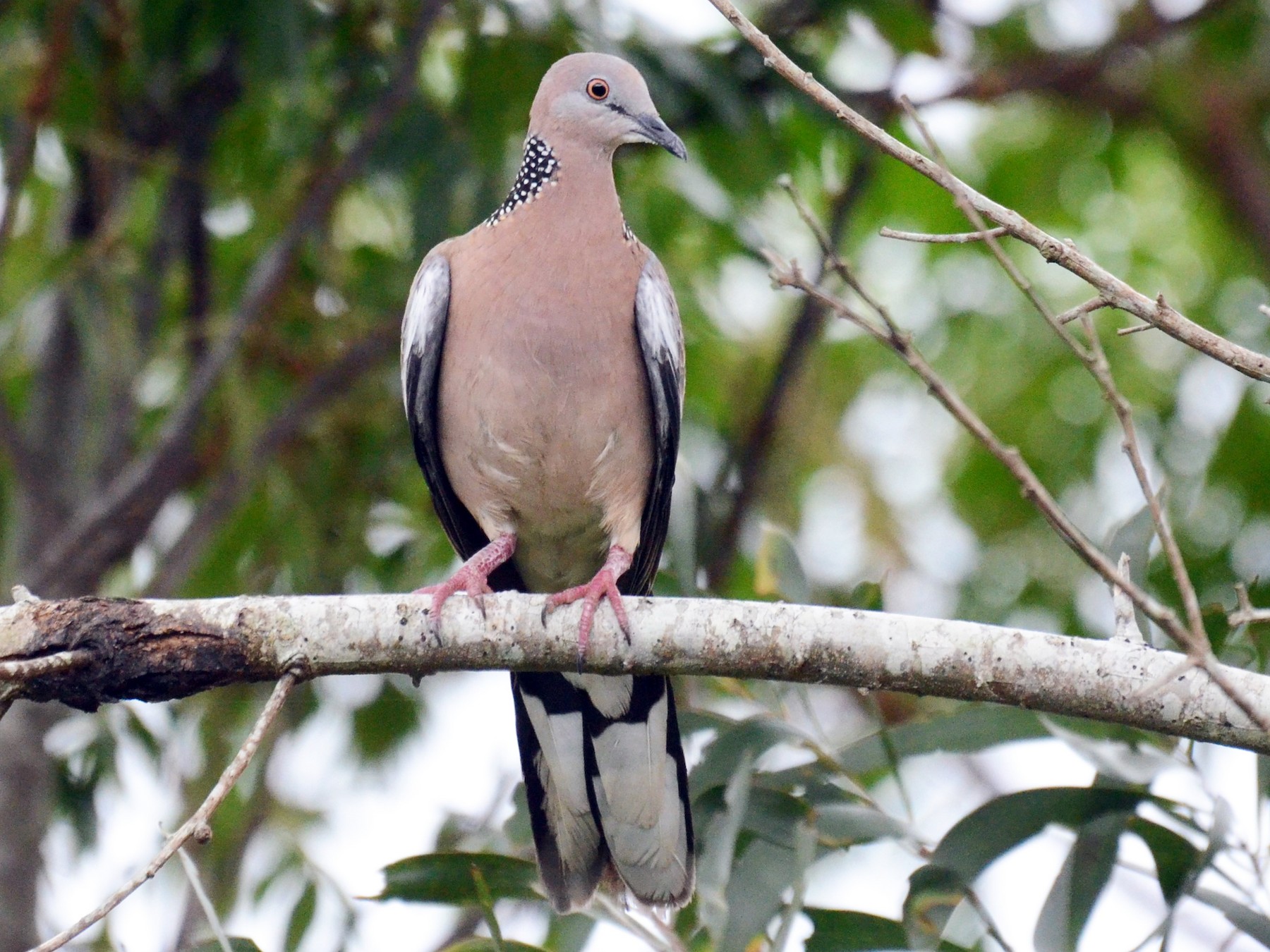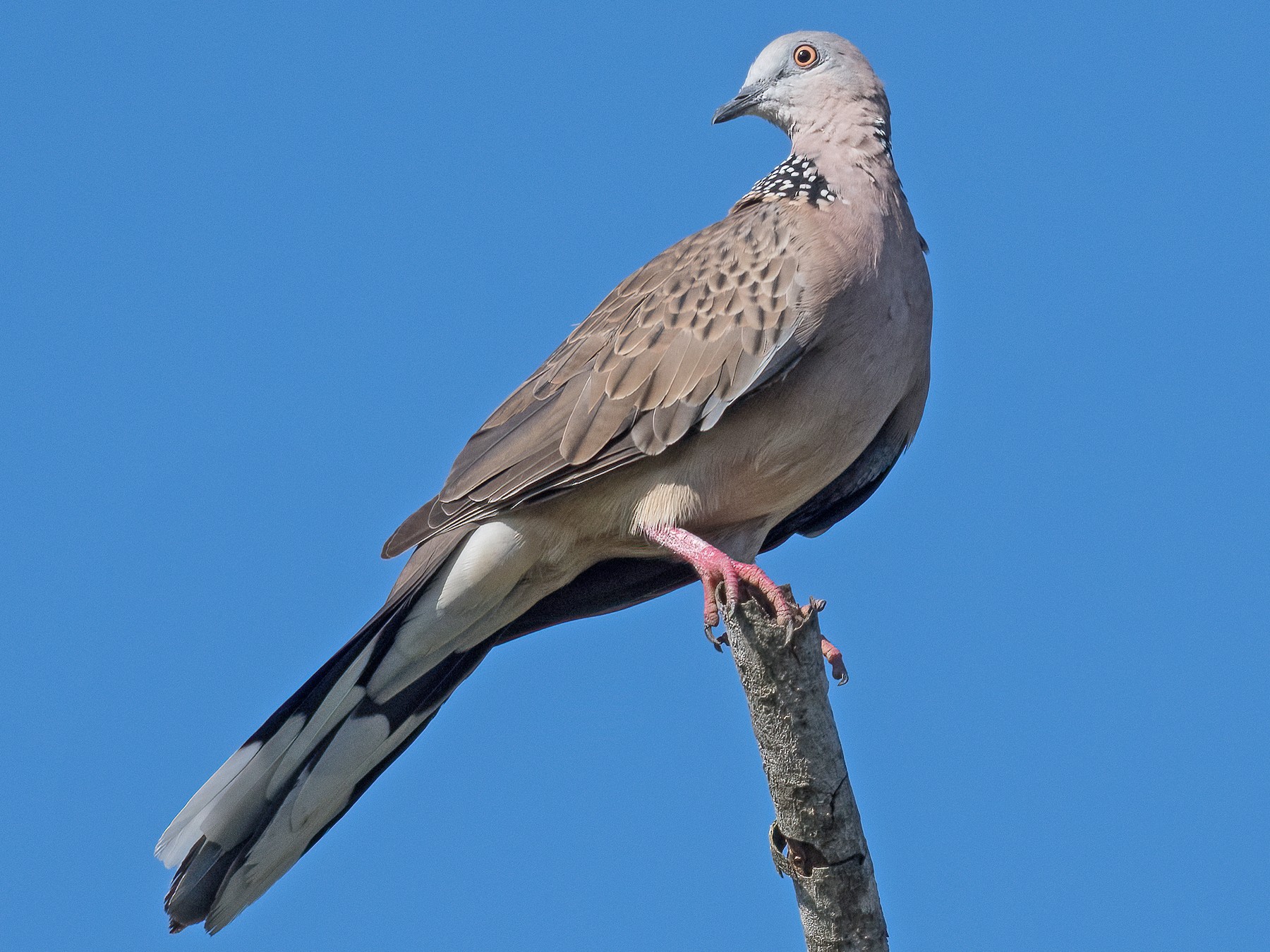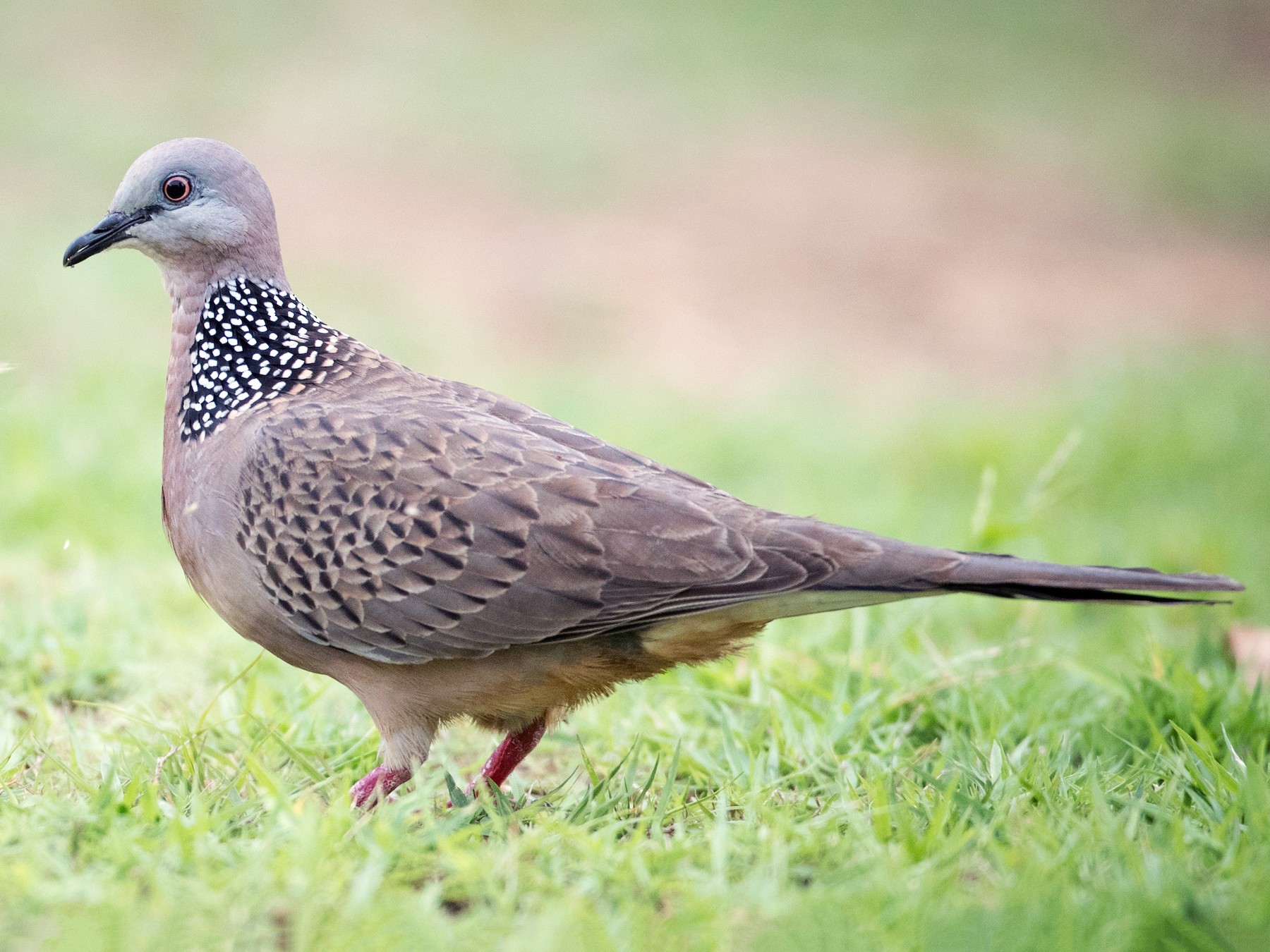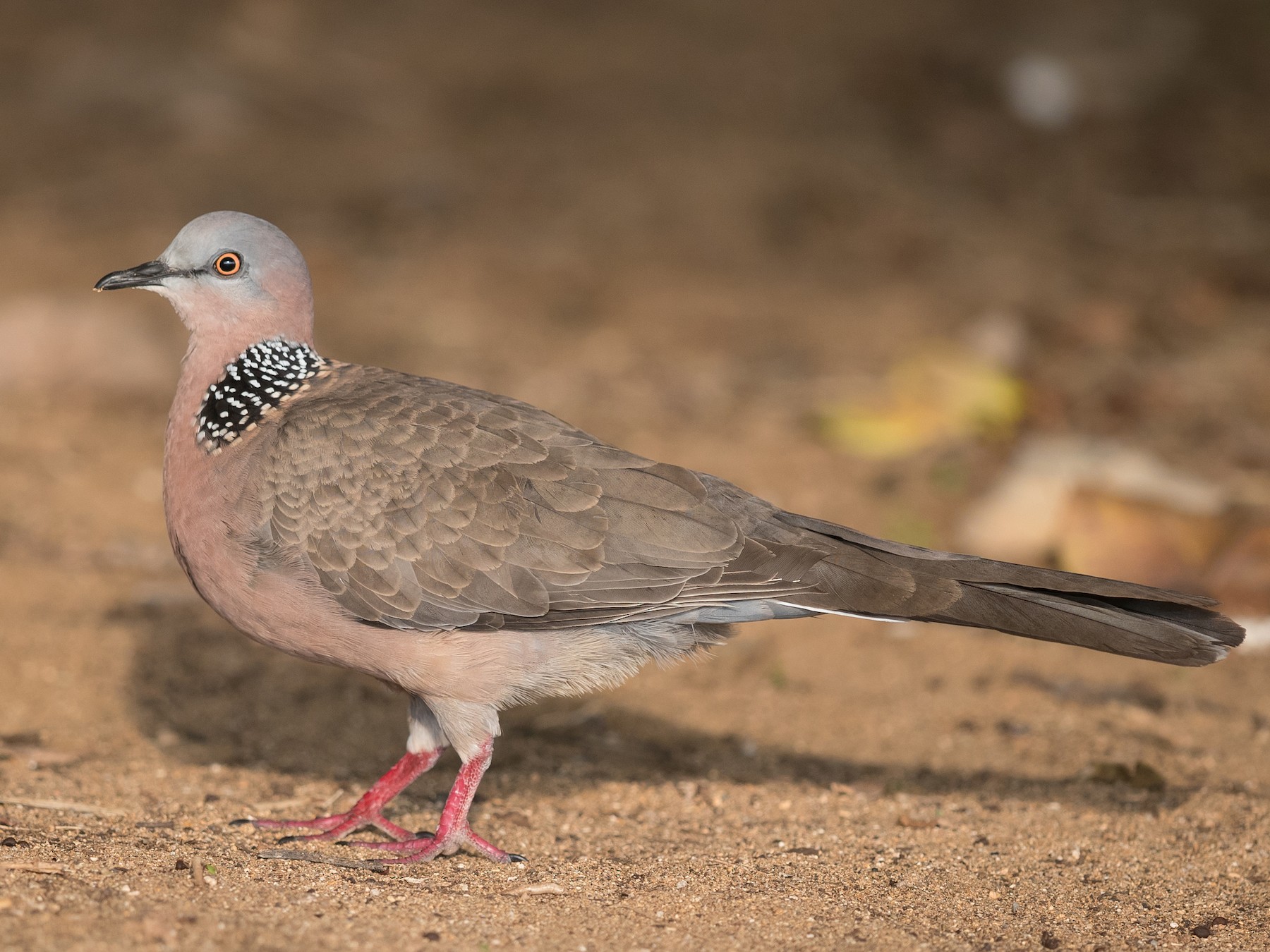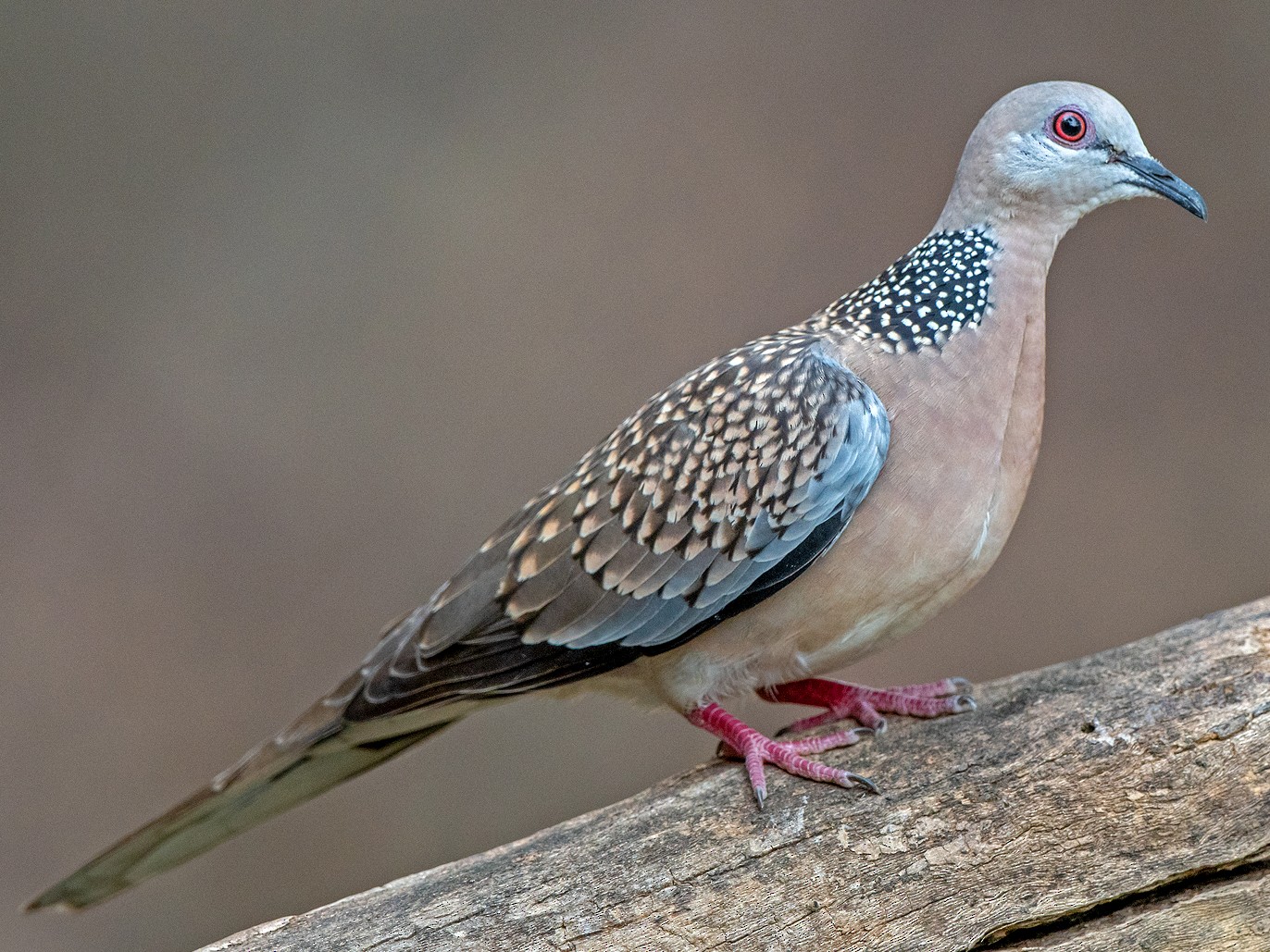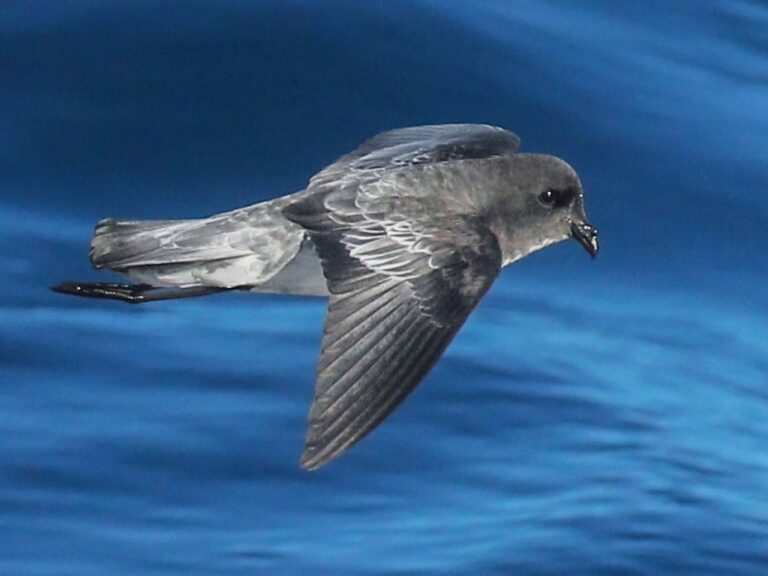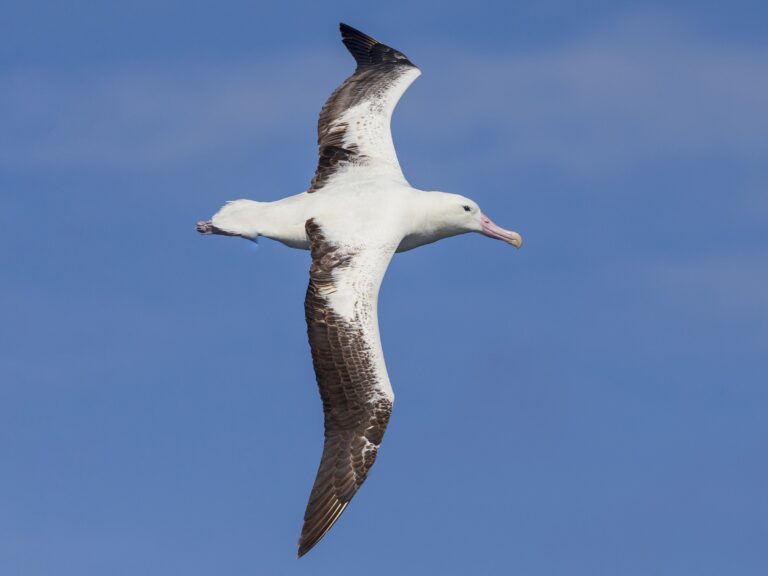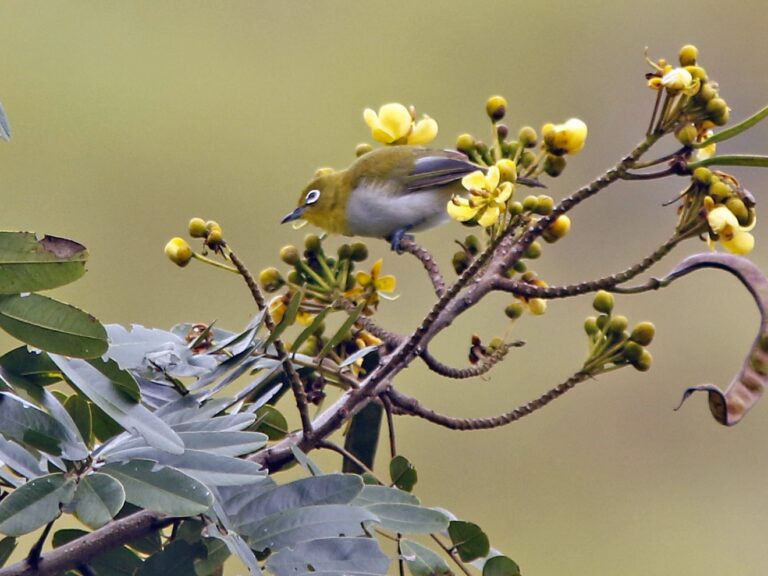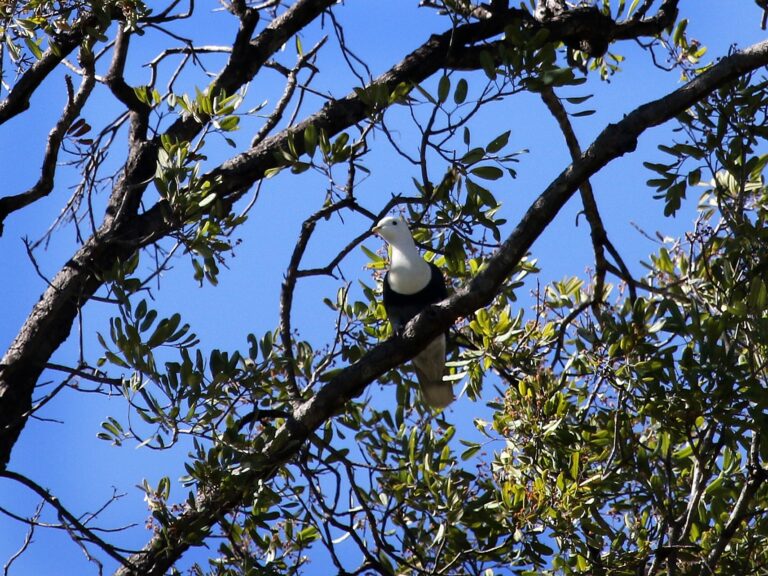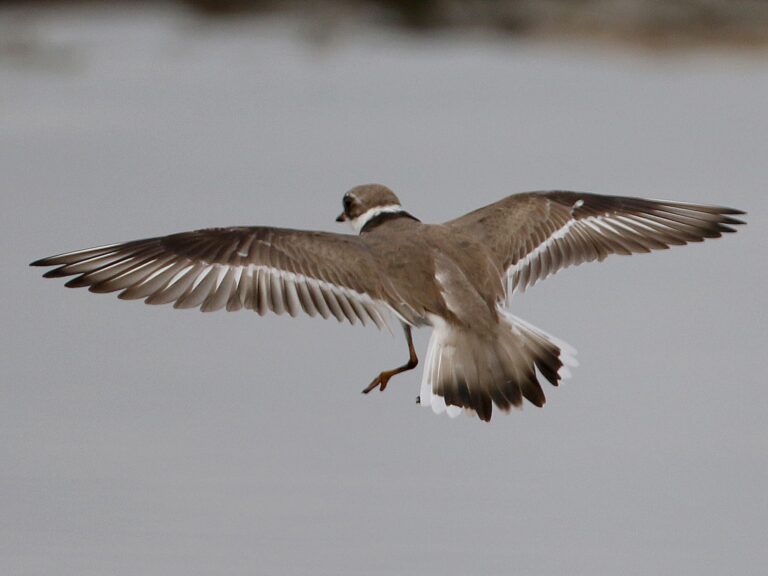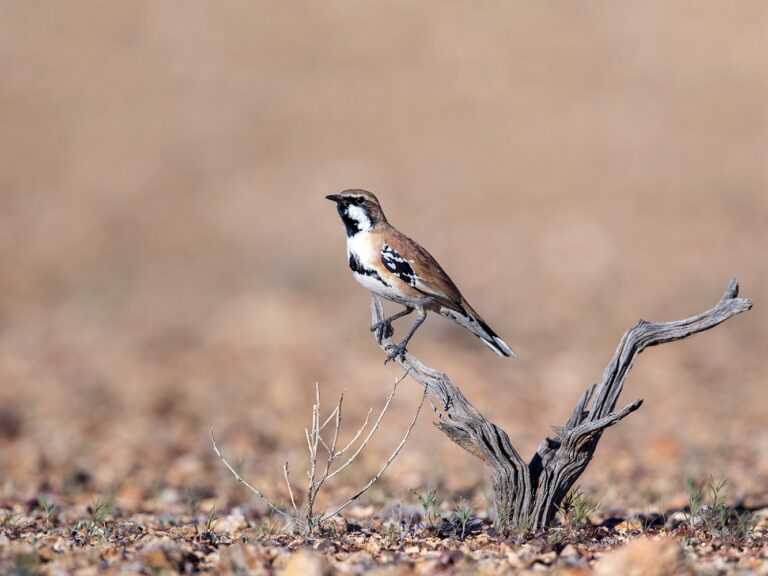Spotted Dove: The Charming Bird You Need to Know About
The Spotted Dove is a really captivating bird known for its gentle demeanor and sweet melodic cooing. Well adapted to urban environments, it’s a common sight in cities across Asia and beyond.
With its distinctive spotted neck and soft gray plumage, it is easily recognizable among other dove species. These doves thrive in a variety of habitats, from dense forests to urban parks where they forage for food in gardens and on streets.
Their unique vocalizations are one of their most charming traits, often echoing through neighborhoods and adding to the ambiance of the places they inhabit.
For those interested in birdwatching or simply curious about wildlife, the Spotted Dove offers a glimpse into the interconnectedness of nature and urban life. Observing their behaviors can reveal much about their breeding cycles, social interactions, and the ecosystems they inhabit.
Key Takeaways
- The Spotted Dove is easily identified by its spotted neck and gray feathers.
- It thrives in urban areas, demonstrating adaptability to different environments.
- Their cooing vocalizations add charm to cityscapes and provide insight into their social behaviors.
Taxonomy and Identification
The Spotted Dove, scientifically known as Streptopelia chinensis or Spilopelia chinensis, belongs to the family Columbidae.
Scientific Classification
The Spotted Dove is classified under the following categories:
- Kingdom: Animalia
- Phylum: Chordata
- Class: Aves
- Order: Columbiformes
- Family: Columbidae
- Genus: Streptopelia
- Species: S. chinensis
This classification places the Spotted Dove within the same family as other pigeons and doves. It is often confused with similar species, including the Eurasian Collared Dove due to shared characteristics.
Physical Description
The Spotted Dove has a slender body and a long tail that enhances its graceful appearance. Its plumage is mainly light gray with a subtle hint of brown.
Key physical traits include:
- Black Patch: A distinctive black patch on the side of the neck.
- White Spots: Creamy white spots are found on the wings, which are noticeable in flight.
- Size: It measures about 30 cm in length, making it a medium-sized dove.
Distinguishing Features
When identifying the Spotted Dove, certain characteristics are especially helpful.
The bird has a distinctive call, often described as a soft, rhythmic “coo-coo.”
Important distinguishing features include:
- Coloration: The gray-brown color with a pale underside sets it apart from other dove species.
- Long Tail: Its elongated tail with a pointed tip is a signature trait.
- Similar Species: The Spotted Dove can be confused with the Zenaida Dove or the Eurasian Collared Dove, but its unique neck patch and wing spots help differentiate it.
Distribution and Habitat
The Spotted Dove has a diverse distribution across many regions.
Its native and introduced populations occupy various habitats, adapting well to both urban and natural environments.
Native Range
The native range of the Spotted Dove spans much of Asia, particularly in Southeast Asia.
It is commonly found in southern China and India. This species prefers environments where it can find food and nesting sites.
It thrives in forests, open woodlands, and rural areas. This adaptability allows the dove to inhabit both urban and agricultural landscapes. The bird is also widespread in Australia and New Zealand.
The favorable climate in these regions contributes to its successful breeding and feeding.
Introduced Populations
Spotted Doves have expanded their range through human activities. They were introduced to areas like California and Hawaii In these locations, they have established stable populations.
The doves have adapted to the local environments, often seen in urban parks and gardens.
Their introduction has raised concerns about potential impacts on native species.
They have thrived in these new regions, benefiting from human-altered landscapes.
Preferred Environments
Spotted Doves prefer various environments that offer food and shelter. They are often found in urban areas, where they forage for seeds and fruits. Spotted doves favor places with ample trees and shrubs for nesting.
While they can inhabit dense forests, they also thrive in open woodlands. Their flexibility in habitat choice allows them to co-exist with people. This adaptability is key to their survival in both native and introduced ranges.
Behavior and Ecology
Spotted doves exhibit interesting social structures, unique flight patterns, and varied foraging habits that contribute to their survival in various environments, especially urban areas. Understanding these aspects reveals how they adapt to their surroundings and interact with other species.
Social Structure
Spotted doves often form small groups, usually consisting of 2 to 5 individuals.
These social units help provide safety in numbers from predators. Within these groups, they communicate through soft coos and other vocalizations, establishing territories and social hierarchies.
During breeding seasons, the doves may be seen paired off, displaying affectionate behaviors such as preening. Males often perform courtship displays involving puffing up their feathers and strutting to attract females. Such behaviors strengthen pair bonds and ensure successful mating.
Flight Patterns
The flight patterns of spotted doves are characterized by their strong, steady movements.
Typically, they have a direct flight style, flapping their wings with precision over short distances.
In urban areas, they adapt well to flight paths that navigate around buildings and obstacles. When startled, they can quickly take flight, reaching heights up to 100 feet.
Their flight is often low and swift, allowing them to evade predators easily.
The wings of spotted doves are broad, aiding in quick takeoffs and maneuverability during sudden escapes.
Foraging Habits
Spotted doves primarily forage on the ground for seeds, grains, and small fruits.
Their diet varies based on availability, making them adaptable to different environments, particularly urban areas where food sources can be abundant.
They often feed in open spaces, using their keen eyesight to spot food. In urban settings, spotted doves can be seen foraging in parks, gardens, and even near human activity.
Their foraging behavior often becomes a social event, as multiple doves gather to feed together. More about their foraging can be found in studies that analyze their diet and food preferences here.
Breeding and Life Cycle
Spotted Doves have a distinct breeding process that includes specific nesting behaviors, egg laying, and chick rearing.
Each aspect of their life cycle plays a vital role in their survival and reproductive success.
Nesting Behavior
Spotted Doves typically build their nests in dense trees or shrubs to provide safety for their eggs and chicks. They often prefer urban habitats, making use of ledges, balconies, and other sheltered spaces.
These nests are usually constructed with twigs, grass, and other vegetation, creating a platform that is secure and well-hidden. Nesting sites can be reused in multiple breeding seasons, which helps improve breeding success rates.
Research indicates that doves, when in urban environments, may select locations based on previous experiences to maximize safety and success.
Eggs and Clutch
Spotted Doves usually lay two eggs per clutch, which are typically white or pale cream in color. The size of the eggs averages about 2.5 cm in length. Breeding may occur throughout the year depending on the availability of resources and environmental conditions.
The timing of clutches can also be influenced by food supply and habitat.
These doves are known to be adaptable, adjusting their reproductive cycles to match their surroundings.
Incubation and Raising Chicks
Incubation lasts about 14 to 16 days and both parents share this responsibility, taking turns keeping the eggs warm. After hatching, the chicks are altricial, meaning they are born blind and helpless.
Both parents feed and care for the chicks during their early days. They stay in the nest for about two weeks before fledging, at which point they begin to learn how to forage and fly.
This parental care is crucial for their survival in the wild.
Role of Crop Milk
An important aspect of chick development is the production of crop milk by both parents.
Crop milk is a nutritious substance that is produced in the crop, or pouch, of these doves.
During the first week of life, the parents regurgitate this milk to feed the chicks.
Crop milk contains proteins and lipids that are essential for early growth. This form of feeding is significant, as it ensures the chicks receive adequate nutrition before they are able to consume solid food.
Vocalizations and Communication
The Spotted Dove is known for its distinct vocalizations, which play a crucial role in its communication.
Understanding the types of calls and their functions can reveal much about the behavior and social structures of these birds.
Calls and Voice
Spotted Doves have a variety of calls that serve different purposes. Their most recognizable call is a soft, cooing sound often heard during mating seasons. This call typically consists of a repetitive “coo-coo” pattern that can carry over long distances. In addition to mating calls, they use various other vocalizations for signaling alarm or territory.
A sharp “kuk” sound may be produced when they feel threatened. These vocalizations help them communicate with one another effectively. The frequency and tone of these calls can vary, indicating different emotional states or needs. Captive males have been observed making specific vocal sounds to attract females, showcasing their desire to mate.
For more insights on vocal communications in birds, check this Vocal Communication in Captive Male Zebra Dove.
Functions of Vocalizations
The vocalizations of Spotted Doves have several key functions. One important function is mate attraction. Males use calls to display their fitness and territory, which can influence female choice during the breeding season. Territorial claims are another vital function.
The cooing sounds help establish boundaries, informing other doves of their presence. This reduces physical confrontations over territory and resources.
Additionally, calls serve as alarm signals. When predators are nearby, Spotted Doves can emit specific sounds to alert other birds in the area. These vocalizations contribute to group safety, allowing doves to react quickly to threats.
Frequently Asked Questions
This section addresses common queries about the Spotted Dove, covering its diet, gender differences, cultural significance, nesting, and more.
What is the typical diet of a Spotted Dove?
The Spotted Dove primarily feeds on seeds, grains, and fruits. It enjoys a variety of seeds, including those from grasses and herbs. In urban areas, it often forages around bird feeders and gardens.
How can one differentiate between a male and a female Spotted Dove?
Males and females look quite similar, but there are subtle differences. Males typically have a slightly larger and more vibrant coloration, especially on their necks. The male’s call is also more pronounced than that of the female.
What is the significance of Spotted Dove sightings in different cultures?
In many cultures, Spotted Doves symbolize peace and love. They are often featured in literature and art, reflecting these themes. In some regions, their presence is believed to bring good luck.
How long does it take for Spotted Dove eggs to hatch?
Spotted Dove eggs usually take about 14 to 16 days to hatch. The female incubates the eggs during this period. The male often helps in guarding the nest.
What are the distinguishing characteristics of a Spotted Dove’s nest?
A Spotted Dove’s nest is typically made of twigs, grass, and leaves. It is usually built low in trees or shrubs, providing some shelter. The nest appears loose and may be reused for several breeding seasons.
How does the Spotted Dove’s call sound?
The Spotted Dove has a distinctive, soft cooing sound. It is often described as a three-part call. This call is used for communication between mates. It can be heard frequently during the breeding season.
